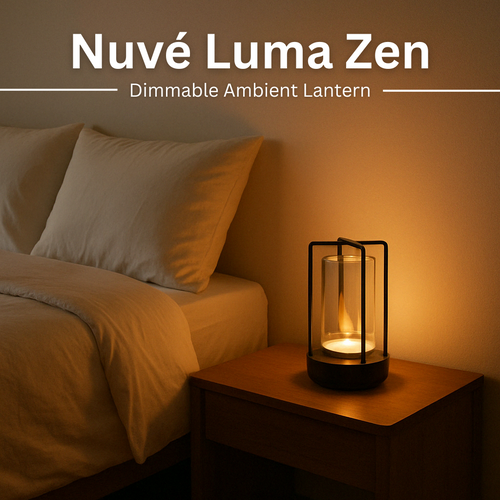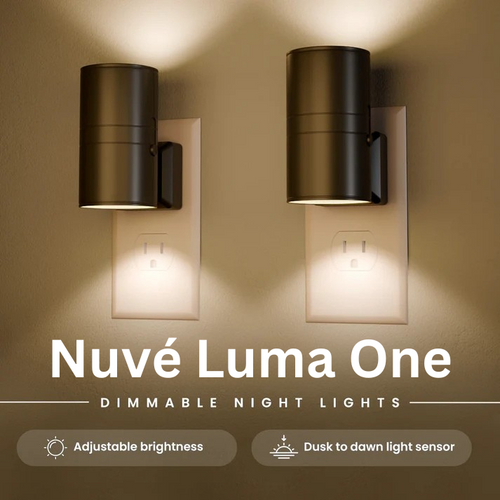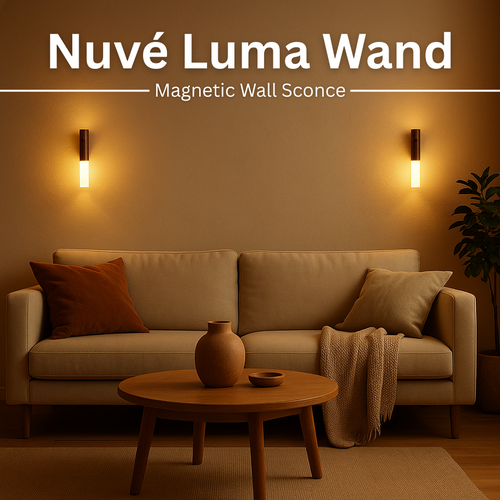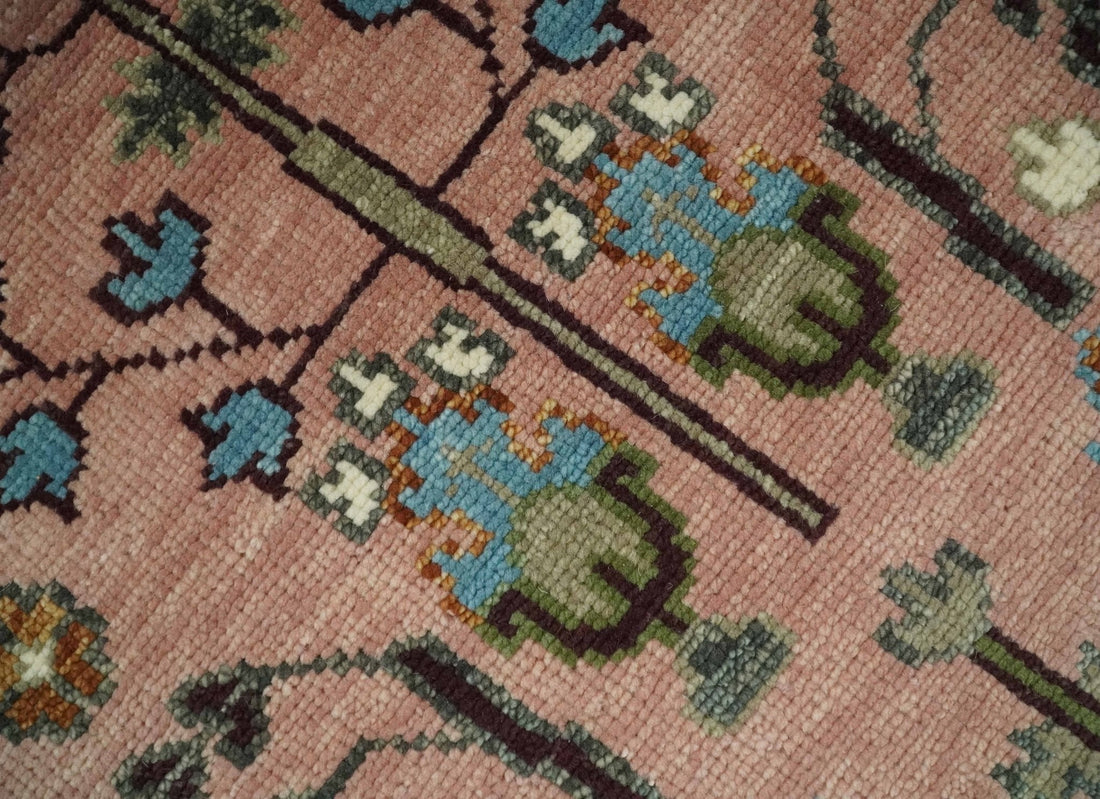A rug does more than cover a floor. It anchors a room, defines proportion, and creates harmony between furniture and architecture. Choosing the right size and placement can transform how a space feels — expansive, intimate, or grounded.
At Nuvé Studio, we curate heirloom rugs not only for their craftsmanship but for how they shape visual rhythm and scale. Below, we share design fundamentals and placement techniques used by interior designers when selecting rugs for modern spaces.
1. The Living Room: Grounding the Gathering Space
A rug in a living room should connect furniture into a single visual zone. The goal is unity — to make the space feel intentional, not scattered.
Designer rule: The rug should extend at least 6–8 inches beyond the edges of the main seating area. Ideally, the front legs of sofas and chairs rest on the rug, while side or accent chairs can sit fully on or just off the edge.
Visual principle: A rug that’s too small breaks spatial flow. Designers often size up to create a sense of scale and balance, especially in open-plan spaces.
Rug recommendation: A 9x12 or 10x14 fits most full living areas. Nuvé’s Heirloom Collection includes vintage Persian and Turkish pieces in those dimensions — each one-of-a-kind, rich in pattern and patina.
2. The Dining Room: Defining the Center
In dining spaces, proportion dictates both comfort and aesthetics.
Guideline: The rug should extend at least 24 inches beyond the edges of the table so that chairs remain fully on the rug, even when pulled out.
Design insight: Round tables pair beautifully with round or square rugs to mirror geometry. Patterned rugs with central medallions draw attention to the table and create a focal anchor.
Pro tip: Choose low-pile weaves for easy chair movement and durability under frequent use.
3. The Bedroom: Softness and Scale
Rugs in bedrooms frame the sleeping area while providing tactile comfort. Placement depends on bed size and room layout.
-
For a queen bed, an 8x10 rug placed two-thirds under the bed, extending outward, creates balance.
-
For a king bed, opt for a 9x12 to maintain proportion and negative space at the edges.
Design principle: Scale and visual weight must complement the bed’s structure. A larger rug makes the room appear grounded and cohesive.
Sensory insight: Wool rugs soften acoustics and temperature, creating a quieter, more restful environment.
4. The Hallway and Entryway: Visual Flow
Long, narrow spaces like corridors and entries benefit from runners that guide the eye forward. Designers often use rug repetition to create rhythm — a concept known in design theory as movement.
Rule of thumb: Leave 4–6 inches of floor exposed on each side to frame the rug visually.
Design insight: Runners with subtle patterns elongate the perception of space, while bolder motifs add identity to transitional zones.
5. The Layered Approach: Modern Mixing
Layering rugs — a neutral base with a smaller, patterned accent — adds texture and individuality.
Composition tip: Keep the base rug solid and low-pile. The top layer should have personality: vintage, tribal, or tonal. This contrast mirrors design rhythm — alternating visual highs and lows that create harmony.
Trade insight: Designers often layer to define temporary or seasonal zones in open-plan spaces. It’s an adaptable, sustainable way to change a room’s energy without replacing core furniture.
Rug Sizing Quick Reference
| Room | Recommended Size | Design Note |
|---|---|---|
| Living Room | 8x10, 9x12, 10x14 | Front legs on rug, size up for balance |
| Dining Room | 8x10 (6-seat), 9x12 (8-seat) | 24" clearance for chairs |
| Bedroom | 8x10 (queen), 9x12 (king) | Two-thirds under bed |
| Entryway | 3x5, 4x6 | Centered under fixture or console |
| Hallway | 2.5x8, 3x10 | Leave 4–6" border on each side |
The Power of One-of-a-Kind
Every rug in the Nuvé Heirloom Collection is unique — a singular composition of texture, history, and handcraft. Choosing the right rug size and placement is more than a design decision; it’s an investment in proportion, longevity, and emotional connection.
When placed with intention, a rug does not just fit the room — it defines it.





